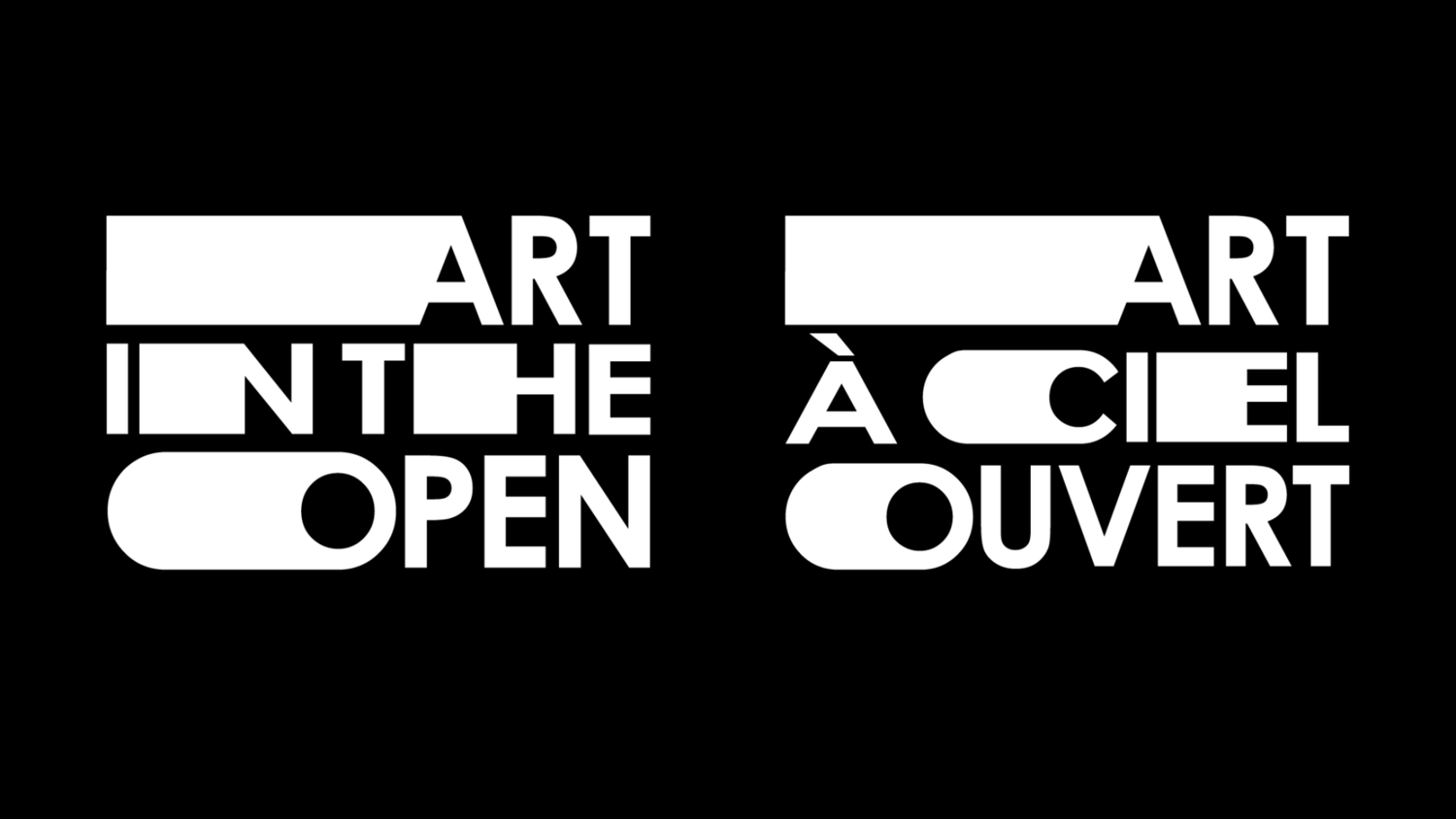Rita McKeough
I am an installation and performance artist based in Treaty 7 region of Southern Alberta, on the traditional territories of the Siksika, Kainai, Piikani, Tsuut’ina, Îethka Stoney Nakoda Nations, and the Métis Nation, Region 3.
My work incorporates audio, electronics, and mechanical performing objects.
I consistently work from a feminist perspective, and my recent work focuses on the environmental impacts of resource extraction and demonstrates my desire to use sound to create a rhythmic voice of agency and empathy to articulate forces of resistance in the natural world.).
I have been fortunate to have my work included in Caught in the Act: An Anthology of Performance Art by Canadian Women (YYZ Books, 2004) and Rita McKeough: Works (Emmedia, Truck Gallery and MST performative art festival, 2018).
I feel very fortunate to have had the support and assistance of my community to produce my work and I offer my respect and love to everyone who has helped me.
I acknowledge with respect and gratitude that I will be presenting this new work on Epekwitk, one of the seven districts of Mi’kma’ki the unceded and unsurrendered territory of the Mi’kmaq. I acknowledge the territorial and cultural sovereignty of the Epekwitnewaq Mi’kmaq: past present and future.
Thick sound is a new sound / performance work created for the Art in the Open Festival. It is part of my ongoing work with The Centre for Interspecies Mutual Support in Troubled Times to create dialogue between species by presenting experimental enactments of interspecies relationships.
Thick sound is an hour-long performance for ten humans and ten trees who are all committed to supporting each other by sharing their knowledge, survival skills, resources, and experience in these troubled times. It is part of CIMSITT ‘S work on sound and language translations systems and their research into crisis adaptation techniques and technologies.
The performance will be structured around a prerecorded score which uses voice, audio samples, oscillators, and various musical instruments. Ten vocalists will interact with the score by asking the trees questions about how they are coping with their challenges.
There will be a translation module positioned near each tree which will be triggered for translation based on the specific qualities of the voices heard. The module will listen to the vocalist questions and translate them for the trees and then translate the response from the trees back to the human vocalists.
I am very interested in using technology to facilitate these speculative conversations between species. It allows the viewers and the trees to contribute to the conversation and share how they have been impacted and their coping strategies for survival.
Very Special thanks to Alec Brilling from Variable Oscillators for technical collaboration on the Translation Module.





